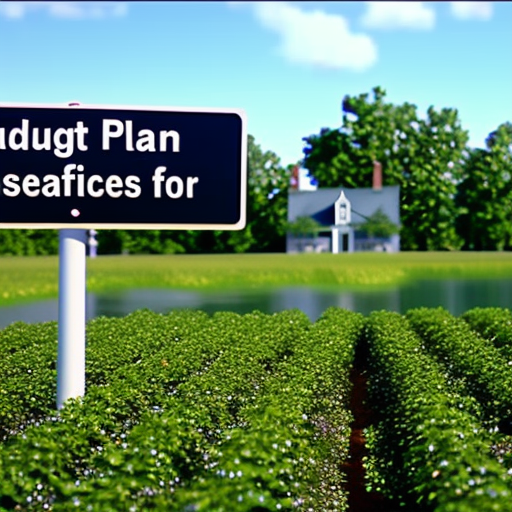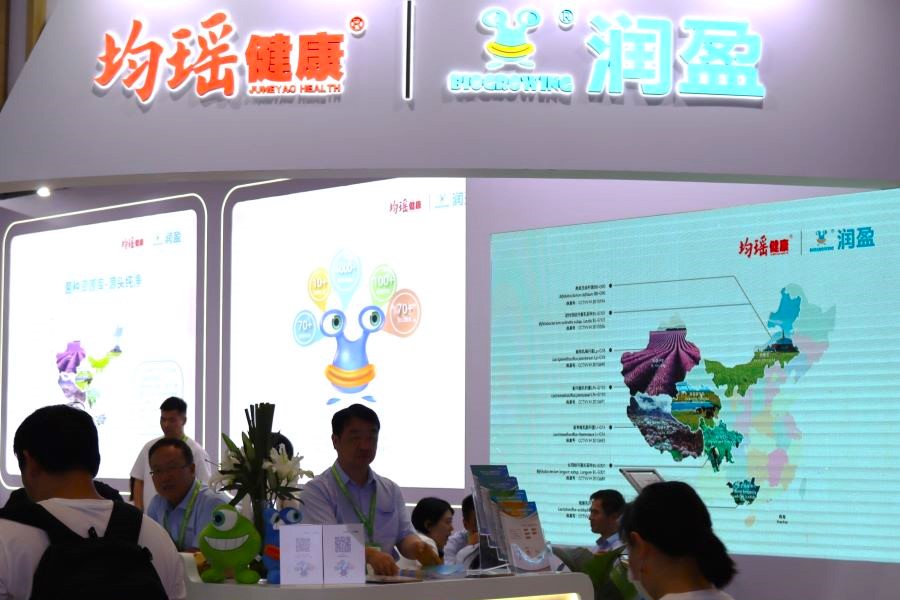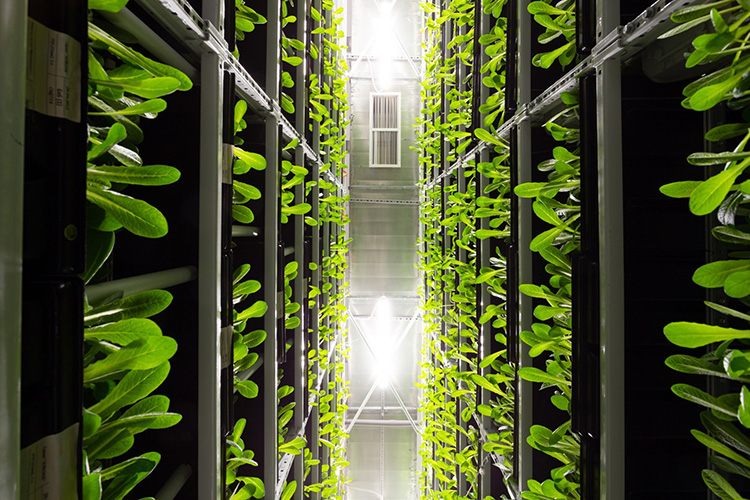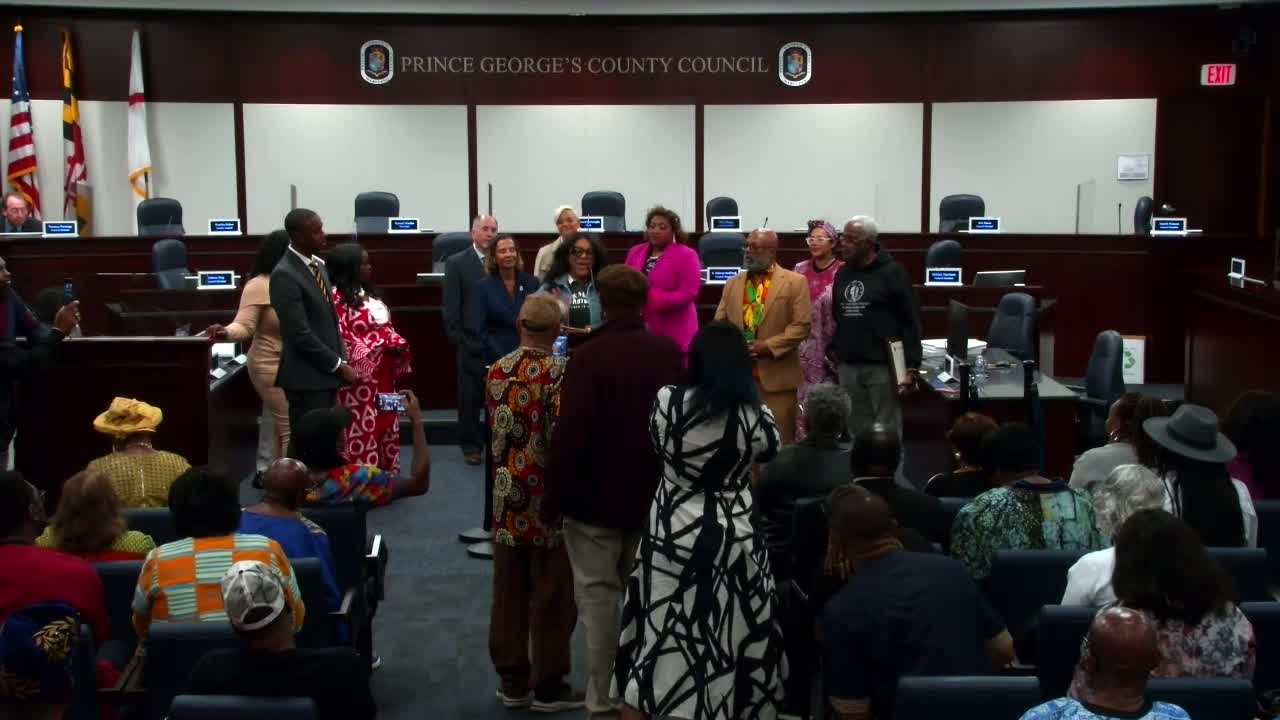

Mayor’s Budget Plan Threatens Agriculture and Conservation Efforts in Louisville
In Mayor Craig Greenberg’s proposed city budget plan, funding for prominent agriculture and conservation efforts in Louisville has been significantly reduced, leading advocates to believe that these programs will effectively come to an end.
Reductions in Funding
The proposed budget allocates $30,000 for the Jefferson County Soil and Water Conservation District in the upcoming fiscal year, a significant decrease from the $113,200 it received last year. Similarly, the Jefferson County Extension Office would receive $30,000, down from a recent allocation of $335,000.
Metro Council’s Role
The Metro Council will begin debating the budget this month and is expected to vote on it by late June. Mayor Greenberg stated that he approaches the budget with “fresh eyes and new perspectives each year” to ensure a “safer, stronger, and healthier future for everyone.”
Existing Conservation Practices
The mayor’s office argues that existing soil and water conservation practices are already in place through the city’s parks department and sustainability office. For example, the urban forestry division, similar to the Conservation District, gives away hundreds of trees each year. This effort is expected to expand with the help of a $12 million federal grant received last fall.
Potential Consequences
However, officials from the Jefferson County Extension Office and the Soil and Water Conservation District warn that without city funding, they will be unable to continue their wide-ranging work. This work includes nutrition education, soil testing, and providing “hoop houses” for year-round crop cultivation.
Catherine Shake, chair of the local extension district board, expressed concerns over the potential elimination of the extension office in Jefferson County. While the office is affiliated with the University of Kentucky and receives funding for staff salaries, it relies on local funding to support its programs.
Impact on Soil and Water Conservation District
The Jefferson County Soil and Water Conservation District, whose board is elected by Louisville voters, also fears that the proposed funding cuts would make it impossible to continue its operations. Established in 1944, the district plays a crucial role in implementing conservation practices on agricultural lands, preventing soil erosion, and managing water runoff.
State statute mandates that the districts be primarily funded through property taxes or local fiscal courts. The Jefferson County district relies entirely on Metro Council allocations for its operational expenses.
Advocacy Efforts
Officials from both agencies have been reaching out to Metro Council members to express their concerns and highlight the importance of their programs. They emphasize that defunding these initiatives would result in staff cuts, loss of office space, and the inability to fund any of their programs.
Programs at Risk
The programs at risk include distributing vouchers for soil lead testing, providing cover crop seeds to community gardens and urban farms, supporting gardens that increase native habitat, and distributing rain barrels.
Existing Programs
The mayor’s office points out that there are already existing programs within Metro government that contribute to conservation efforts. These include managed meadows in several parks and golf courses, as well as the upcoming installation of a pollinator/butterfly garden at Charlie Vettiner Park.
Copyright 2024 WDRB Media. All rights reserved.
SDGs, Targets, and Indicators Analysis
1. Which SDGs are addressed or connected to the issues highlighted in the article?
- SDG 2: Zero Hunger – The article discusses the potential impact of budget cuts on nutrition education and support for growing crops year-round.
- SDG 6: Clean Water and Sanitation – The article mentions the role of the Soil and Water Conservation District in preventing water runoff and controlling soil erosion.
- SDG 11: Sustainable Cities and Communities – The article highlights existing programs in the city’s parks department and sustainability office related to soil and water conservation.
- SDG 15: Life on Land – The article mentions the efforts of the urban forestry division and the Conservation District in giving away trees and managing meadows to support biodiversity.
2. What specific targets under those SDGs can be identified based on the article’s content?
- SDG 2.4: By 2030, ensure sustainable food production systems and implement resilient agricultural practices that increase productivity and production, that help maintain ecosystems, that strengthen capacity for adaptation to climate change, extreme weather, drought, flooding, and other disasters, and that progressively improve land and soil quality.
- SDG 6.6: By 2020, protect and restore water-related ecosystems, including mountains, forests, wetlands, rivers, aquifers, and lakes.
- SDG 11.4: Strengthen efforts to protect and safeguard the world’s cultural and natural heritage.
- SDG 15.2: By 2020, promote the implementation of sustainable management of all types of forests, halt deforestation, restore degraded forests, and substantially increase afforestation and reforestation globally.
3. Are there any indicators mentioned or implied in the article that can be used to measure progress towards the identified targets?
- Indicator 2.4.1: Proportion of agricultural area under productive and sustainable agriculture.
- Indicator 6.6.1: Change in the extent of water-related ecosystems over time.
- Indicator 11.4.1: Total expenditure (public and private) per capita spent on the preservation, protection, and conservation of all cultural and natural heritage.
- Indicator 15.2.1: Progress towards sustainable forest management.
Table: SDGs, Targets, and Indicators
| SDGs | Targets | Indicators |
|---|---|---|
| SDG 2: Zero Hunger | 2.4: By 2030, ensure sustainable food production systems and implement resilient agricultural practices that increase productivity and production, that help maintain ecosystems, that strengthen capacity for adaptation to climate change, extreme weather, drought, flooding, and other disasters, and that progressively improve land and soil quality. | 2.4.1: Proportion of agricultural area under productive and sustainable agriculture. |
| SDG 6: Clean Water and Sanitation | 6.6: By 2020, protect and restore water-related ecosystems, including mountains, forests, wetlands, rivers, aquifers, and lakes. | 6.6.1: Change in the extent of water-related ecosystems over time. |
| SDG 11: Sustainable Cities and Communities | 11.4: Strengthen efforts to protect and safeguard the world’s cultural and natural heritage. | 11.4.1: Total expenditure (public and private) per capita spent on the preservation, protection, and conservation of all cultural and natural heritage. |
| SDG 15: Life on Land | 15.2: By 2020, promote the implementation of sustainable management of all types of forests, halt deforestation, restore degraded forests, and substantially increase afforestation and reforestation globally. | 15.2.1: Progress towards sustainable forest management. |
Copyright: Dive into this article, curated with care by SDG Investors Inc. Our advanced AI technology searches through vast amounts of data to spotlight how we are all moving forward with the Sustainable Development Goals. While we own the rights to this content, we invite you to share it to help spread knowledge and spark action on the SDGs.
Fuente: wdrb.com

Join us, as fellow seekers of change, on a transformative journey at https://sdgtalks.ai/welcome, where you can become a member and actively contribute to shaping a brighter future.






